May is National Stroke Awareness Month, a time to learn about reducing your risk and recognizing the symptoms of stroke.
Stroke is serious.
Every year it kills nearly 130,000 Americans, and it’s the leading cause of long-term disability in the United States. That’s why knowing the symptoms of stroke and reducing your risk is so important.
The 5 most common symptoms are:
• Sudden numbness or weakness of the face, arm, or leg, especially on one side of the body
• Sudden confusion or trouble speaking or understanding others
• Sudden trouble seeing in one or both eyes
• Sudden dizziness, trouble walking, or loss of balance
• Sudden severe headache with no known cause
Kaiser Permanente Northern California’s Chair of the Chiefs of Neurology, Jeff Klingman, MD, recently answered questions about the prevention and treatment of stroke.
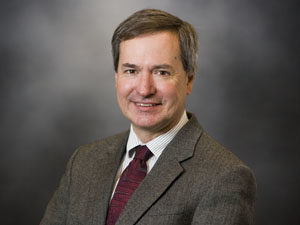
What are the primary risk factors for stroke?
The big risk factors are high blood pressure and age. Stroke can happen at any age, but it’s more common as you get older. Other risk factors include high cholesterol, poorly controlled diabetes, smoking, and certain heart conditions.
How can people reduce stroke risk?
The single biggest thing is controlling your blood pressure. You need to know if you have high blood pressure, and if you do, it needs to be effectively treated.
Exercise more. You get about a 30 percent reduction in stroke risk if you get a half hour of exercise such as walking 5 days a week.
Move toward a plant-based diet, and limit salt. It’s been shown that eating 5 servings of fruits and vegetables a day can cut your risk of stroke by about 30 percent.
If you’re smoking, quit. It will reduce your risk of stroke by 50 percent within 2 or 3 years.
Finally, if you’ve had a stroke or a warning stroke, for most people, taking a blood thinner such as aspirin will further reduce stroke risk by about 30 percent. We’ve also shown that after you have a stroke, taking a high-dose statin is effective prevention.
If you suspect someone is having a stroke, why is it important to call 9-1-1?
Strokes block blood supply to the brain, depriving nerve cells of oxygen. It’s estimated that you can lose 2 million nerve cells a minute, so the sooner you get treatment, the better.
People think that driving to the hospital will be quickest, but when you call 9-1-1, we also get a call. That head start allows us to treat people 10 to 20 minutes faster when they arrive.
What is Kaiser Permanente’s approach to preventing and treating stroke?
Controlling people’s blood pressure is key to preventing stroke, and at Kaiser Permanente Northern California, we do that better than almost anyone in the world. About 88 percent of our members who are diagnosed with high blood pressure have it appropriately controlled. The national average is 54 percent.
In terms of stroke treatment, all 21 of our medical centers have been certified by the Joint Commission as Primary Stroke Centers, meaning we are stroke care experts. We also have Joint Commission-certified Comprehensive Stroke Centers in Redwood City and Sacramento where we offer more advanced treatment for patients who need that higher level of care.
All of our Northern California medical centers participate in our Stroke Express program, which enables us to treat stroke patients as quickly as possible. When it comes to stroke care, time to treatment is the marker of effectiveness.
On average, our doctors are able to administer the most common form of treatment for stroke, a clot-dissolving drug, within 34 minutes from the time a patient arrives at our Emergency Department. The national average is about 74 minutes.
Each of our medical centers has also been recognized by the American Heart Association/American Stroke Association with their highest achievement award possible for excellence in rapid stroke care.
The work we do to help our members manage their stroke risk and the innovative and evidence-based care we provide for stroke patients is saving lives, reducing complications from stroke, and keeping our members healthy and able.

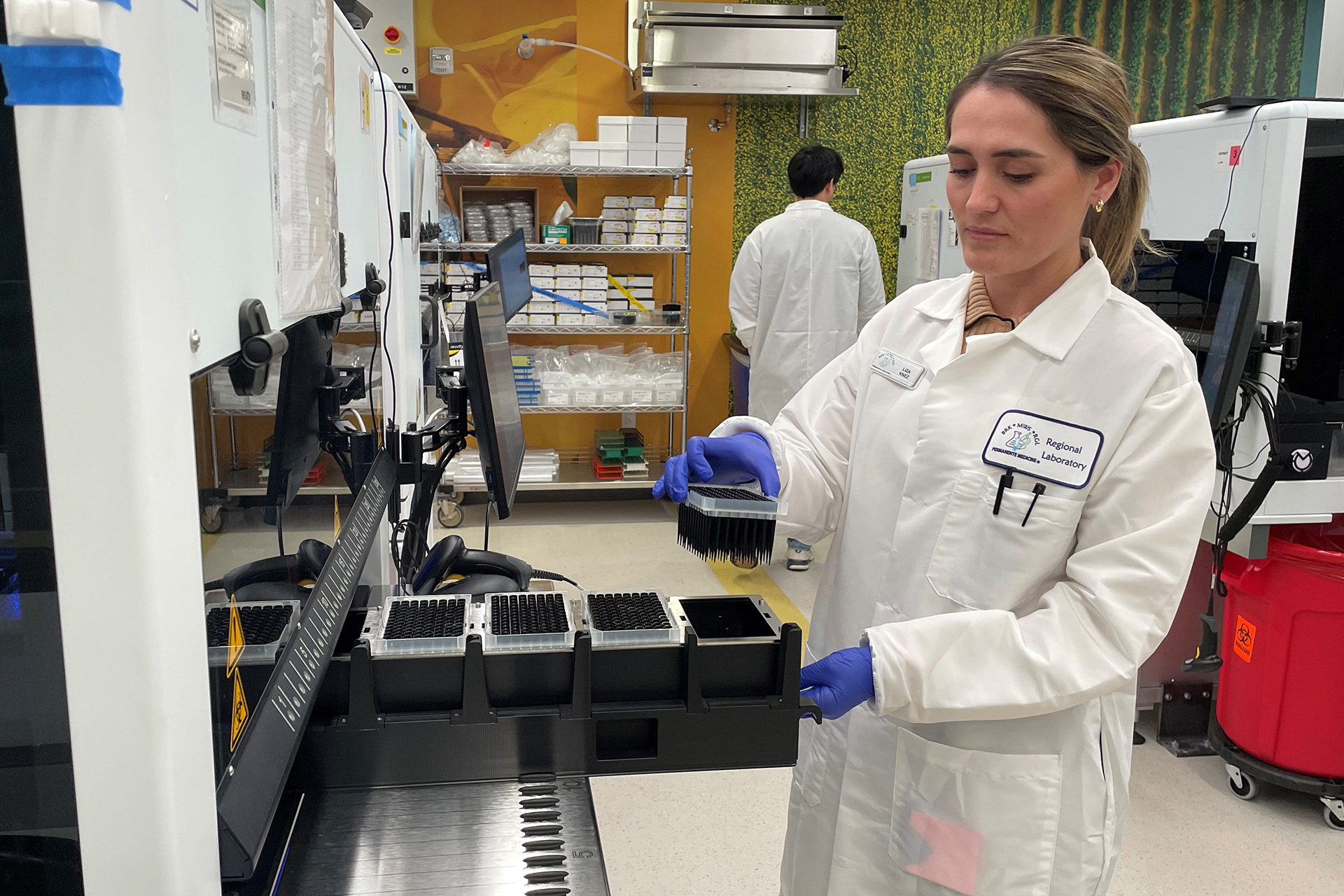
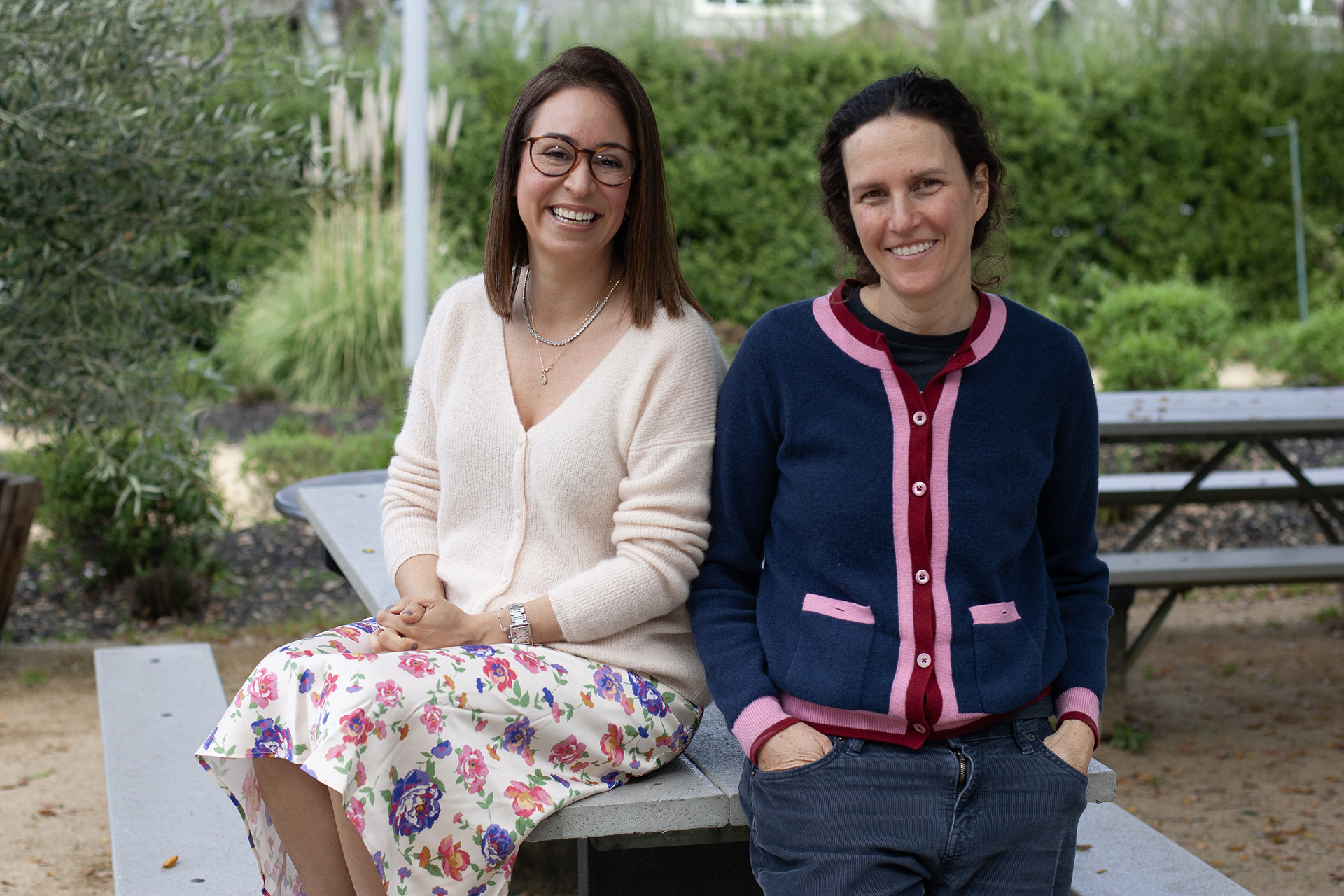
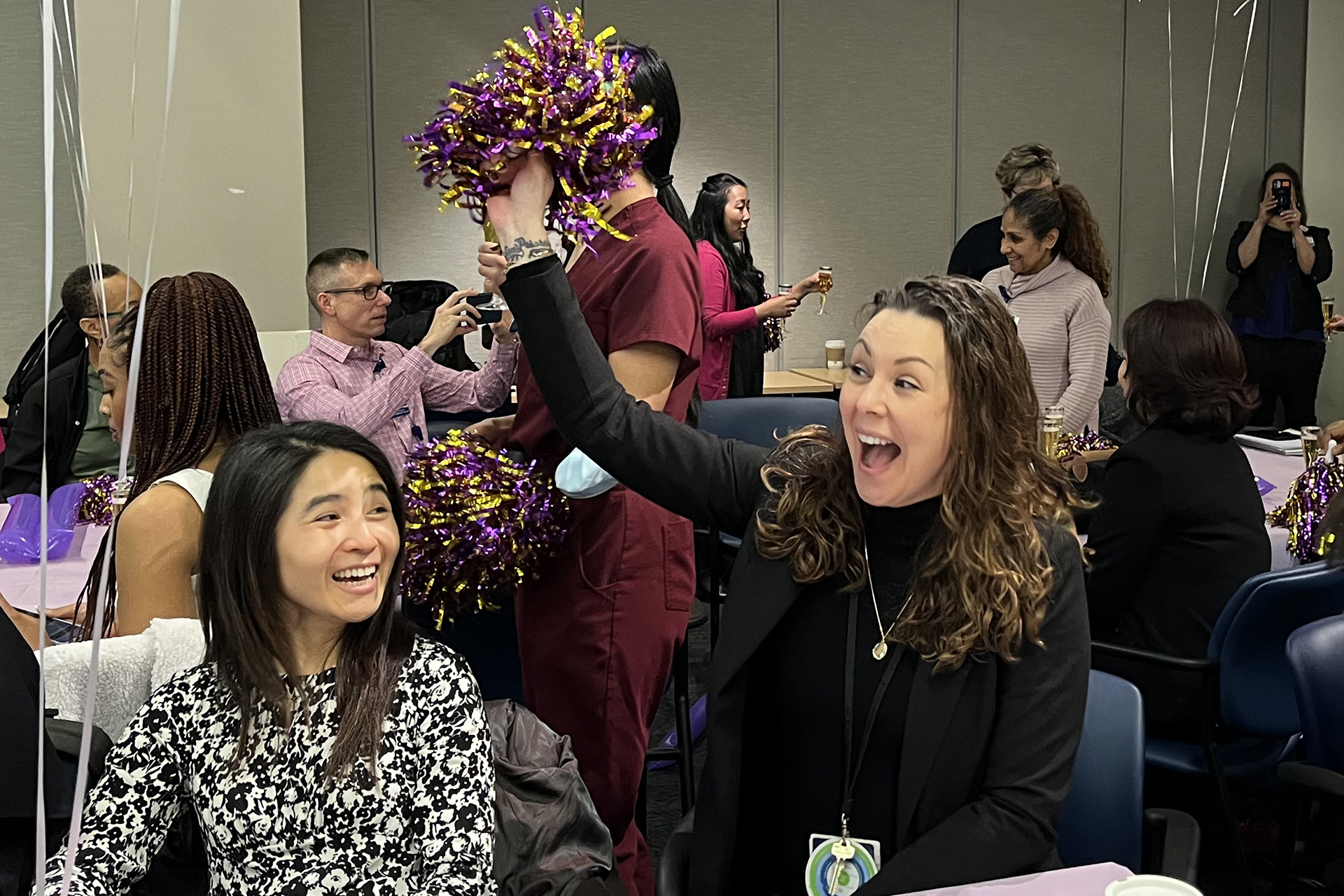
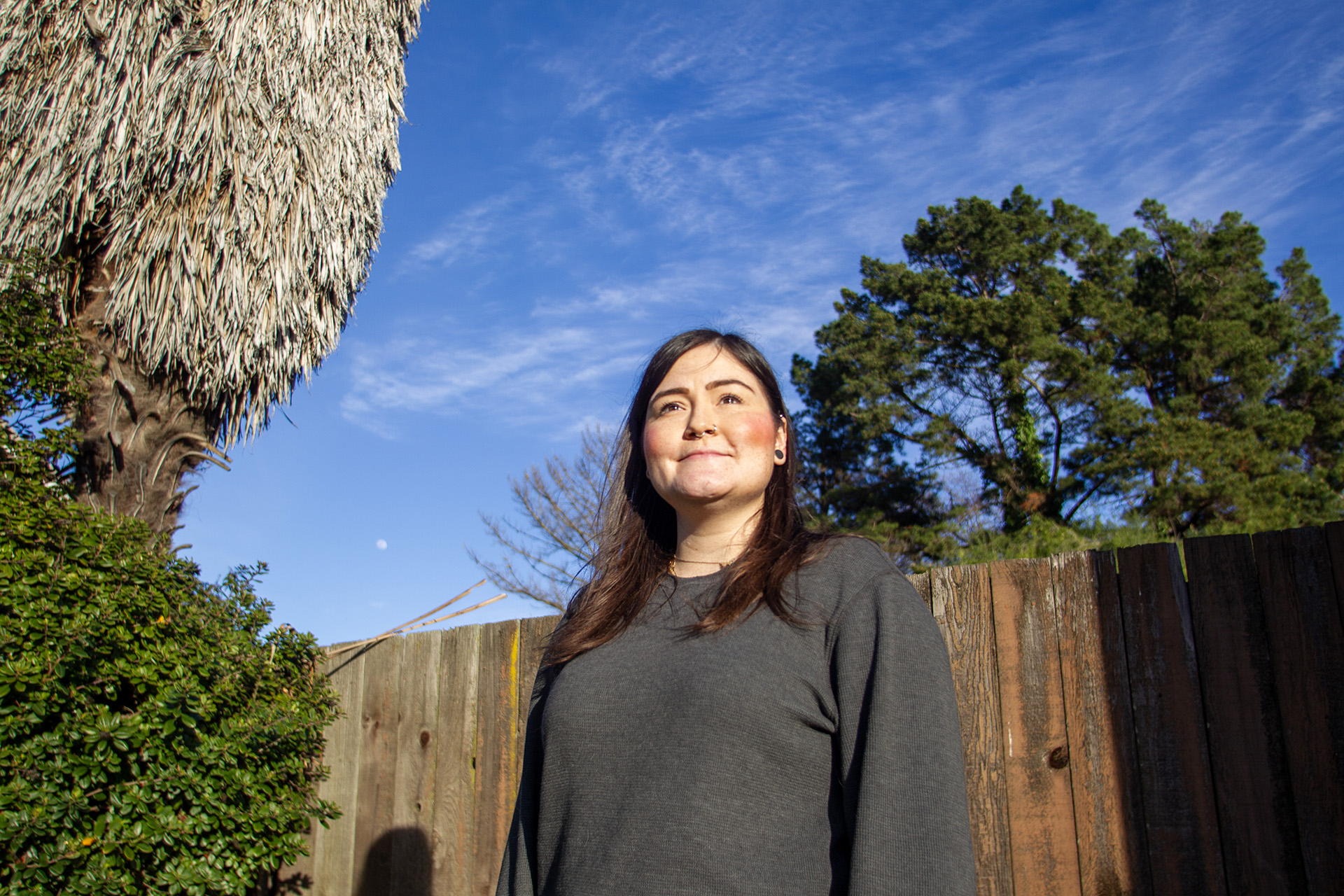
This Post Has 5 Comments
Plant Based Lifestyle …. YAY !!! just do it !!
Great article.
Very informative
I had a stroke 07/22/15 when I was 49. I had GI problems a few hours later and made an appointment with my doctor at 9:30 am. While my wife was driving me to the Lincoln Clinic, I started seeing flashing lights and had double vision and had trouble speaking, slurred words. As I got out of the car and could not stand up and walk my wife, had to put me in a cart. While waiting for the doctor I could not lift up my left arm or leg. My wife, who works for Kaiser Permanente in the stroke unit, knew I was having a stroke. Dr. Brownwood called 911 for ambulance to the Roseville Eureka ED. Just like you said, they had the TPA blood clot medicine already waitng for me when I arrived. About 45 minutes after the medicine I started to speak better. I was in the ICU for a day and a half, and in the hospitial for 3 days after. I have no residual effects to my brain because I got treatment in time. It’s true that time lost is brain loss. I was very fortunate that it happen at the clinic. Every time I see Dr. Brownwood, I thank him for saving my life. I am a COA at the Lincoln Clinic in (opthalmology). I would love to talk about my experience if anyone wants to hear about it. THANK YOU for bringing this topic up. Sincerely, Brian Hood
Hi, Brian. Thank you for sharing your story. We are so glad you are doing well!